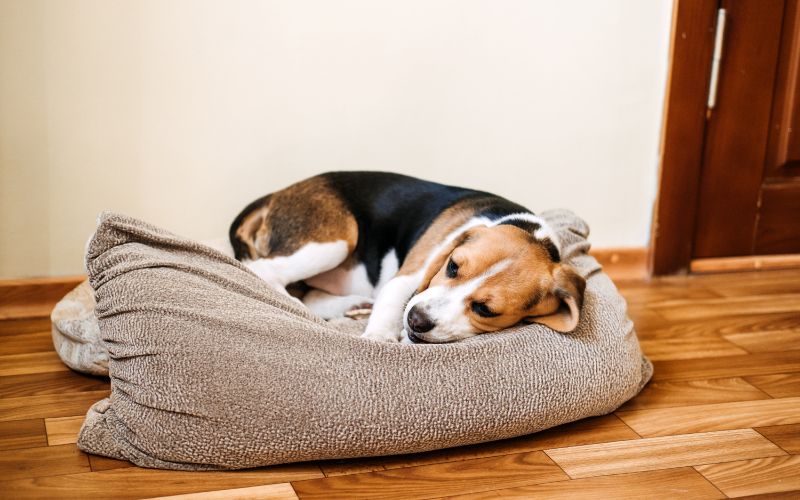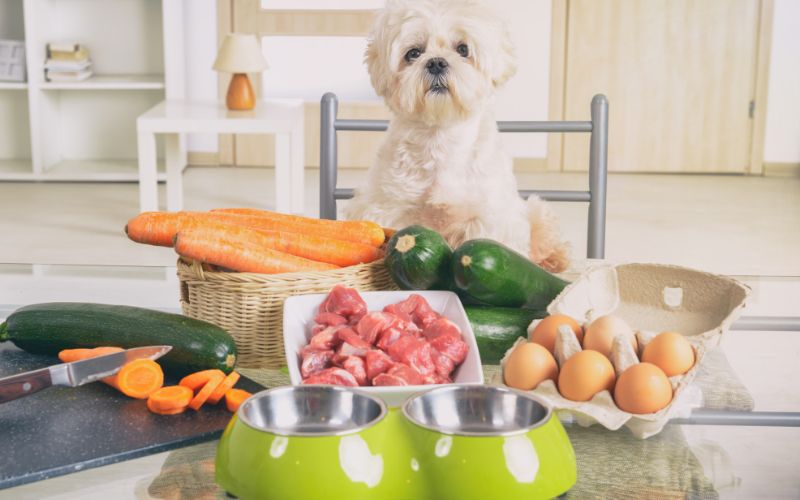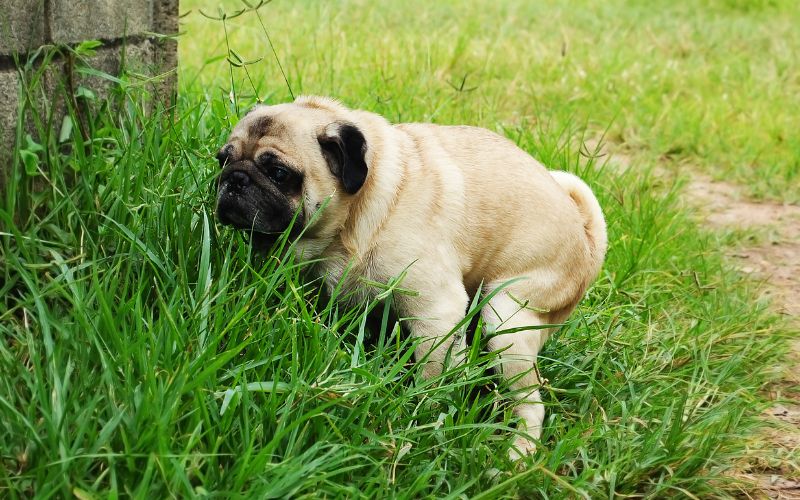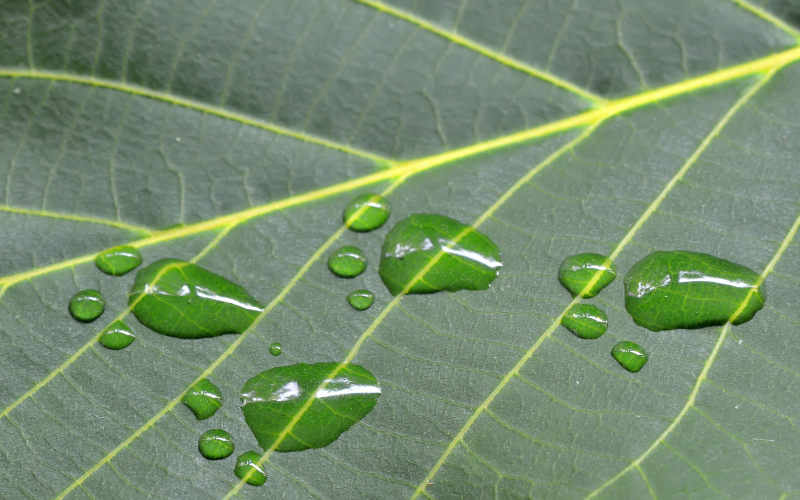If your dog has ever vomited up their food after eating, we understand the panic and distress this can cause.
But is it normal for your dog to vomit after eating? What are the reasons why your dog may vomit after eating? And what can you do to prevent this from occurring in the future?
We answer all these questions and more below.
Question from Calie and her Maltese Cross dog Ruby
"Hi, I’m really enjoying learning to share what I cook with Ruby and so far it’s been super easy for me to do. I love the feeling I get seeing her excited about her meals now.
My question to you is I recently cooked salmon, cheese, and bacon filo parcels with veggies for dinner and I made a separate serve for Ruby (with less bacon, cheese, and only a small puff of canola on the filo) with Wellbeing Essentials on top.
I was really happy that Ruby ate some fish but then about an hour later she vomited the whole thing back up again. I’m wondering if perhaps it was too rich for her? I’d it normal for dogs to vomit after eating? What is your advice?"

Answer: Dog vomiting can be a pretty common problem with a number of causes
An excellent question, thanks Calie! Ruby’s ‘chew and spew’ is a common problem, and not at all pretty for the dog or pet parent.
However, there are several reasons why your dog may vomit after eating which vary in severity, but keeping a close eye on your furry friend will make sure you catch anything quickly.
There can be multiple causes of dog vomit, so let’s start with the basics. Here are a few causes that may factor into your dog’s upset stomach after mealtimes.

Why dogs may vomit after eating
Reason #1: Dogs' stomach are quite small
One of the first things to realise is that a dog's stomach is quite small, and functions more as a ‘holding place’ before getting to the serious business of digestion in the intestines.
Dogs very often bite off more than they can chew - quite literally. If offered food many dogs will keep eating (i.e. gorging) until they are unwell. This is a survival instinct and one to be discouraged when it comes to domestic pets.
Logic dictates that the smaller the dog = the smaller the stomach. So make sure you are clued up on your dog’s weight and age to ensure they are receiving the right size portions.
Reason #2: Dogs don't 'chew' their food
You may be surprised to learn that some dogs don’t ‘chew’ their food.
In fact, their systems are designed more for ‘gulping’ or getting the food down as quickly as possible - so someone else can’t get it - with their teeth used for ‘crushing’ and their saliva for ‘lubricating’. The stomach then does the work of breaking it into smaller bits, using very strong acids.
Just like humans, if a dog eats too quickly it can therefore be a shock to the system, and their body may reject the food they have just eaten.
Et voilà - vomit.

Reason #3: It could be a 'survival strategy'
A dog vomiting and re-eating their food is considered a bit of a survival strategy in the wild, as it is a way to hide their sickness or weakness to nearby predators. However, it’s not so much of a survival strategy in the kitchen.
It means the food is safe in ‘storage’, till it’s safe to digest later. No sitting around appreciating the gourmet experience, but when it is food they love they can get a bit excited.
Our best guess is that Ruby loved her dinner, and showing her appreciation, got it in as fast as possible. We can then assume the regurgitation was pretty much as it went in - in other words, undigested.
Reason #4: The serving may have been too large
Another reason why a dog could be sick after a meal is that the serving is too large for them, although they are compelled to eat it all.
(They’re a dog, after all, and if the food is delicious why would they stop? Even us humans can struggle with hitting the pause button on a scrumptious meal.)
It is the responsibility and job of the pet parent to regulate portion sizes, depending on your dog’s breed, age, level of exercise and current weight. If you’re unsure as to how much you should be feeding your dog, most commercial dog foods will include some kind of feeding guideline on the label.
But if you make homemade meals for your dog, it can be difficult to calculate exactly how much they need. Luckily, our eBook includes a handy guide for calculating how much homemade dog food to feed your dog. You can request a copyhere.

What can you do to stop your dog vomiting after eating?
Our first recommendation is to incorporate good quality ingredients into your dog’s diet. However, moderation is essential when it comes to what we feed our canines.
One of our favourite sayings is:
“Life expectancy would grow by leaps and bounds if green vegetables smelt as good as bacon”- Doug Larson
While it can be difficult, particularly with a big pair of puppy eyes gazing up at you, try and use the richer and more “indulgent” ingredients sparingly.
For example, all the ingredients Calie used in her meal for Ruby are pretty rich and indulgent: salmon, cheese, bacon, filo - all super yummy. However, with dogs, as with little children, it’s best to keep it a bit simpler, perhaps only using one of these richer ingredients at a time.
And fat. Salmon has quite a lot of fat (good fat). Cheese and bacon also have a fair amount of fat, and none are really a problem in small amounts, but it could be that there was just too much fat for Ruby in one sitting.

Remember - fat is a luxury in the wild. And some dogs will be able to tolerate more fat than others, whilst some won’t be able to process it at all.
Personally, our dogs have a very low tolerance for fat, although they love it! Consequently, they would only ever have one fat in a meal (e.g. salmon, or bacon, or cheese).
You can also look into investing in a slow feeder bowl or lick mat for your dog - such as this 4-in-1 slow feeder bowl and lick mat combo from Super Feedy - which are designed to help slow down your dog’s eating. Slow feeder bowls and lick mats not only help to reduce the likelihood of gulping down food and vomiting, they also have the added benefit of mitigating the risk of choking, indigestion and dog bloat, as well as adding some extra mental stimulation to mealtimes.
What to do if your dog vomits after eating
If your dog does vomit after eating, it is important to keep them hydrated. They will lose fluids from being sick, especially if they vomit multiple times.
Keep them cool and comfortable, and they should recover quickly, allowing you to slowly introduce plain foods.
If the vomiting persists it could be a sign of a more underlying issue, so consult your vet immediately.
What does concerning dog vomit look like?
Dog vomit comes in various colours and consistencies that you as the pet parent need to keep an eye out for, in order to assess possible health risks.
Here’s an overview of the different vomit consistencies and what they mean:
- Chunky vomit = caused by undigested food
- Clear or foamy vomit = indicates an empty stomach and bringing up bile
- Slimy vomit = could indicate excessive salivation
- Yellow or green vomit = could be caused by underlying health issues, so best to consult your vet
The most important thing to look out for is if your dog’s vomit looks like coffee grounds (a sign of digested blood, or is red with obvious blood in it). If your dog’s vomit looks like this it is vital you take them to the vet immediately.

In Conclusion
Thank you so much for your question Calie and we hope this information helps both Ruby and other dogs too. Dog vomit is never nice to deal with, but we believe the more informed we can be on topics such as this - the better prepared we can be for what to do in this kind of situation.
Congratulations to every pet parent who goes above and beyond to provide their pup with homemade food. Just remember to closely regulate ingredients and portion sizes, to ensure your dog is kept in tip top condition.
And if you’re looking for some recipe inspiration, why not try out our Healthy Lamb Meatball recipe?
Don’t forget to add a scoop of Wellbeing Essentials Complete 22 to their meals either, which includes key prebiotics to support good gut health.
